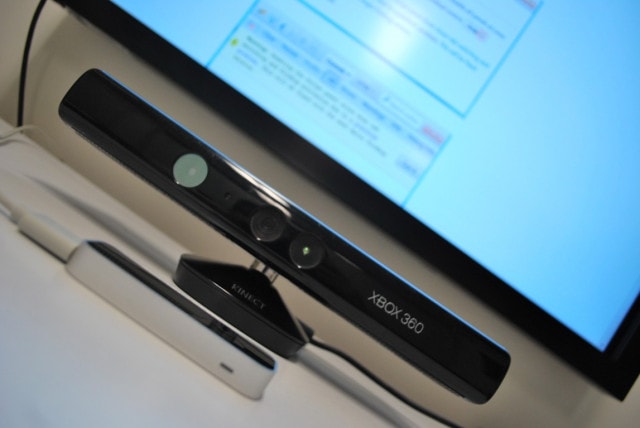 Printed billboards and signages are things of the past. The best way to promote your business, company, events, and products nowadays is through the use of Digital Signage Interaction Technologies. This is different from the static digital signages that were first introduced in public and private places. This new technology has an interactive feature, which allows people to interact with the display through various means, like by using mobile phones, Bluetooth, or by touching the screen, thereby making them more useful and effective.
Printed billboards and signages are things of the past. The best way to promote your business, company, events, and products nowadays is through the use of Digital Signage Interaction Technologies. This is different from the static digital signages that were first introduced in public and private places. This new technology has an interactive feature, which allows people to interact with the display through various means, like by using mobile phones, Bluetooth, or by touching the screen, thereby making them more useful and effective.
Since technology seem to come up with something new every day, it is not surprising that there are different forms of Digital Signage Interaction Technologies available now. Read on to know some of them and learn how they differ from each other.
Touch Screens
Most of you are already familiar with this. You can see interactive digital signages in malls that let you navigate through the images by touching the screen. One example is the information screen (wayfinding), which shows you where certain stores are located. It also helps you find your way inside a huge mall. This type of interactive digital display uses the same technology that is applied in most smartphones nowadays.
The problem with touch screen technology, however, is it is a costly application, especially if used in large displays, which is normally the case with most signages. Achieving precise engineering on wide capacitive screens to improve accuracy is also a problem. Nonetheless, the introduction of touch screen signages has definitely amazed the masses because it is the first to provide direct interaction, without the use of buttons or peripheral controls.
Kinect
This technology was developed by Microsoft for their Xbox 360, which then found its application in digital signages. This technology uses a camera that projects invisible infrared dots on the object in front of the screen. Therefore, when a person stands in front of a wide digital display that uses this technology, the camera can create his outline by sensing the dots and this is then relayed to the processor. Every movement the person makes is mimicked on the screen. A person can therefore have a virtual experience of being in the environment that is shown on the display. This kind of technology is ideal for companies that are promoting computer games or those that want their customers to have a 3D experience of the product that they are selling. There are accuracy issues with the Kinect technology. Yet, this is still a huge advancement in interactive displays since it removed the need to actually touch the screens.
Leap Motion
Leap Motion is an improvement of the Kinect. It senses and tracks the motions of the person with the use of VGA camera sensors. Unlike Kinect that goes through a mapping process of the infrared dots and relaying them to the processor, Leap Motion technology responds much faster to the motions made by the user. Leap Motion is also more accurate. It can sense even the smallest gestures, which cannot be said about the Kinect. Therefore, if you want to browse a digital catalogue display in a store that uses Leap Motion, the slightest flick of your finger will easily be responded to by its processor.
With all these advancements in Digital Signage Interaction Technologies, companies will find better ways to attract customers and consumers will find it easier to know more about the products that they are interested in.